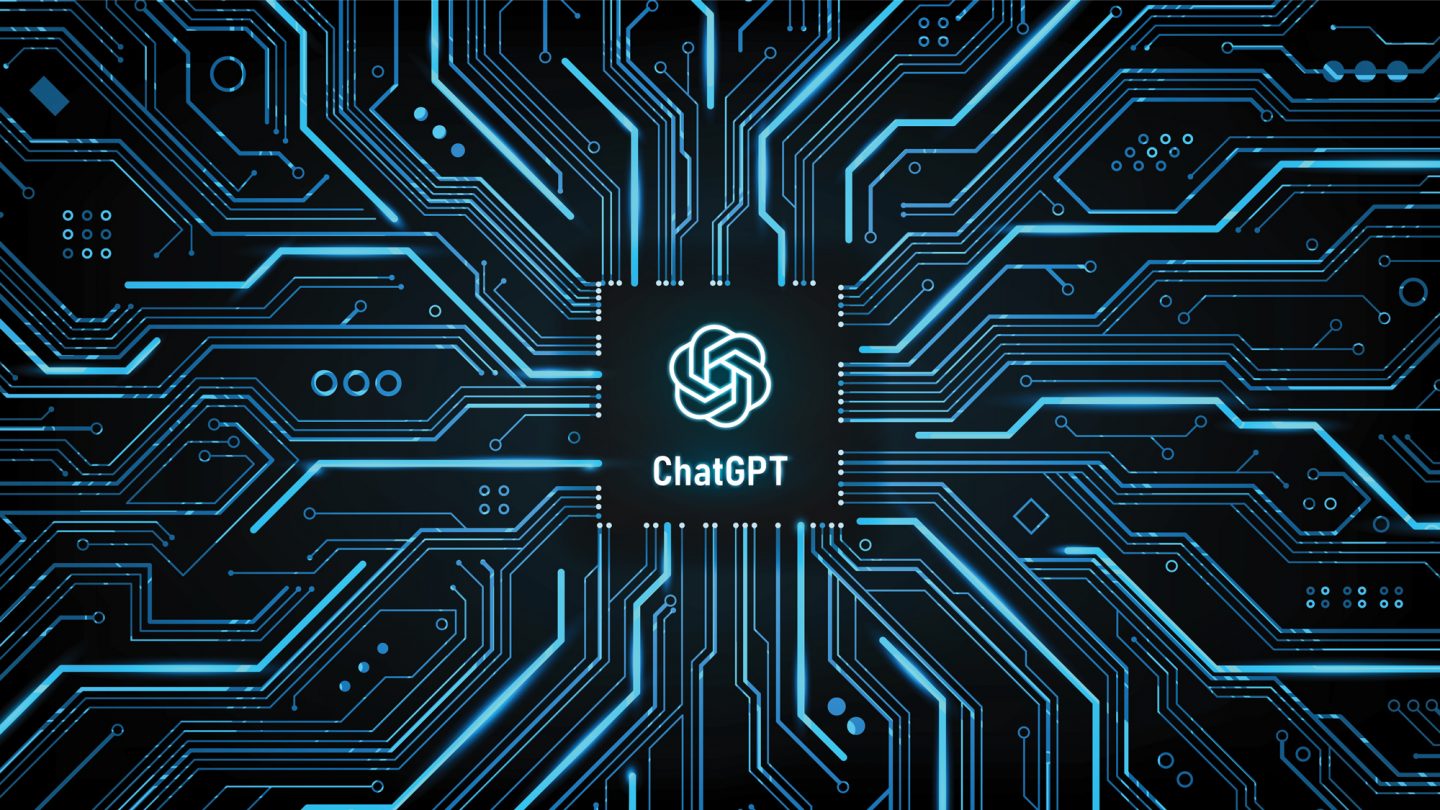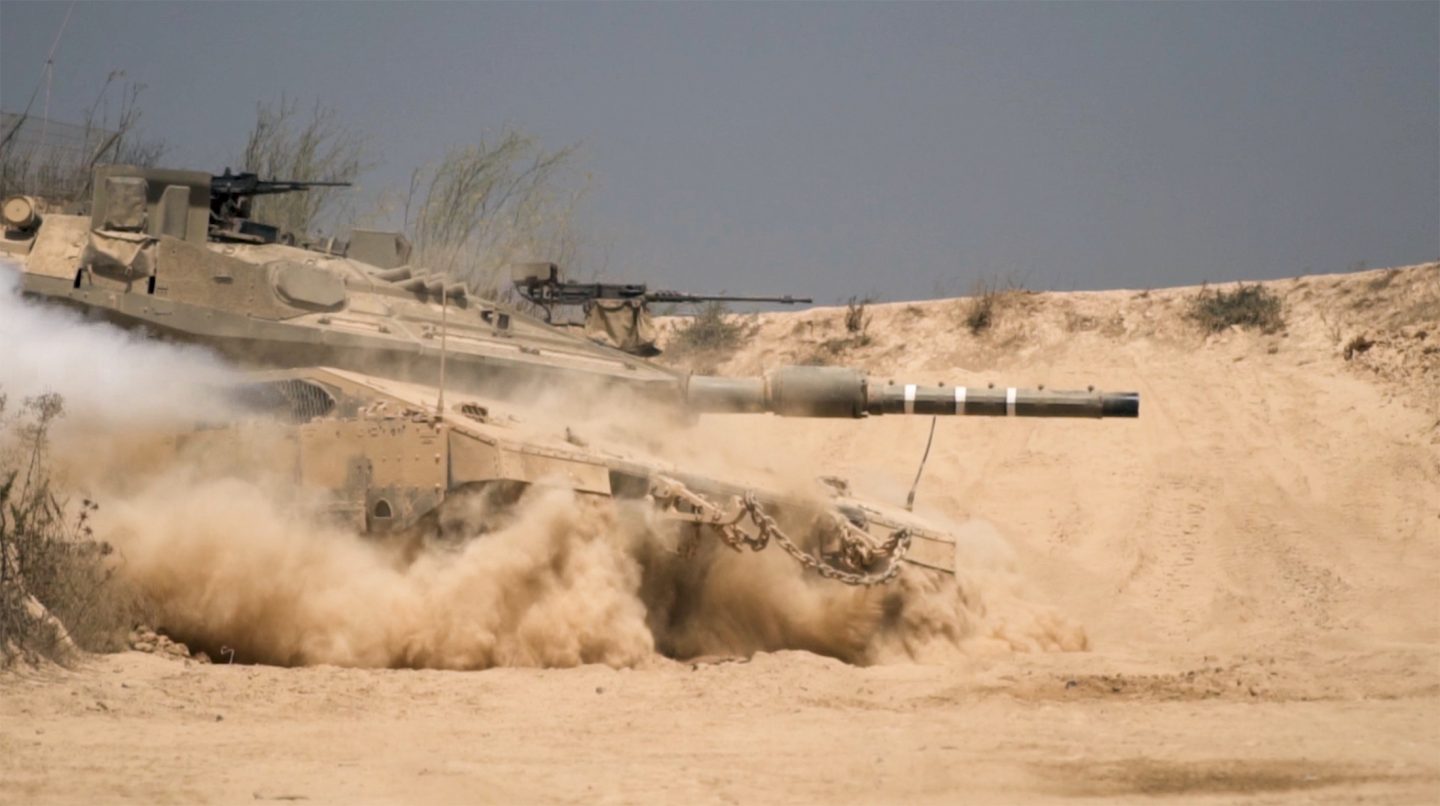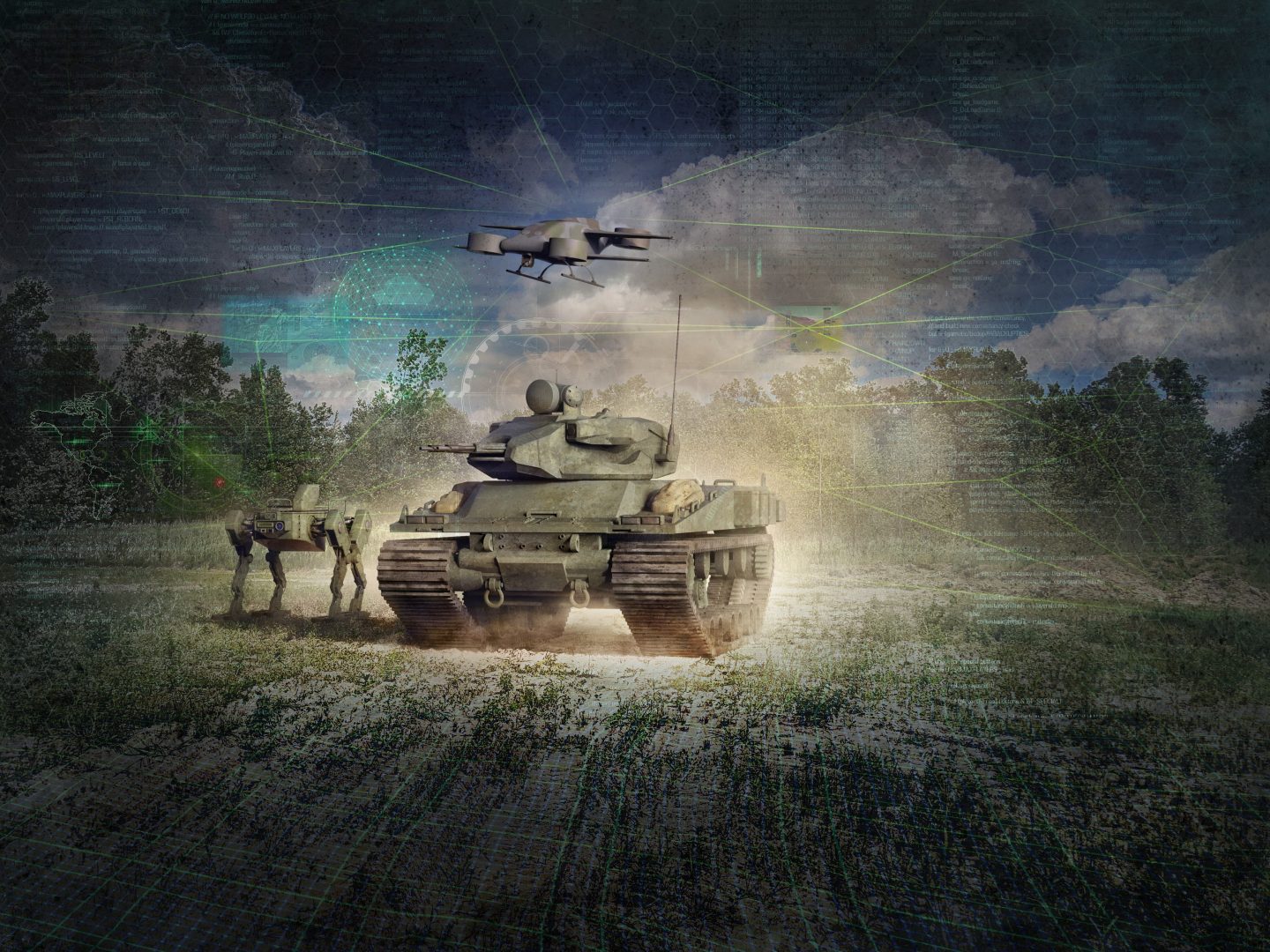Exploring the Possibilities of ChatGPT in Rugged Military AI Applications

ChatGPT: Harnessing Cutting-Edge Technology for Multi-Domain Operations
ChatGPT, an AI-powered chatbot built on the GPT-3 large natural language model, has taken the world by storm since OpenAI launched it in November 2022.
It is the fastest growing consumer application in history with an estimated 100 million monthly active users in January, just two months after launch.
It has created a firestorm of interest and controversy with vigorous debate across a wide swath of industries and sectors including education, entertainment, journalism, manufacturing, science and technology, and the arts.
Ryan Reynolds has used it to write a Mint Mobile ad (a pretty effective one at that) and online media company Buzzfeed’s stock surged 120% on news that it planned to invest heavily in AI-driven content.
The underlying natural language model and technology powering ChatGPT has immense potential to revolutionize AI on the battlefield. As recently reported by C4ISRNET, generative AI technology like ChatGPT has been added to a Defense Information Systems Agency (DISA) watch list.
The power of AI is being brought to bear at all levels of the defense industry across all domains. The US and its allies are in the middle of an AI arms race with the US Department of Defense’s Third Offset Strategy stating that “rapid advances in AI – along with robotics, autonomy, big data and increased collaboration with industry – will define the next generation of warfare.”
The Power of ChatGPT: Enhancing Military Intelligence and Decision Making
ChatGPT is a transformer-based AI language model that has been trained on a massive dataset of texts from the internet, making it capable of generating human-like text.
This unique ability makes it an ideal tool for military applications, such as generating realistic scenarios, simulating conversations between entities, and providing intelligence insights.
With ChatGPT’s ability to understand, respond, and interact with humans, it has the potential to significantly improve military intelligence and decision-making.
Meeting the Demands of Rugged Military Environments: The Importance of Technical Robustness
Reliably deploying AI in combat in the most austere environments on the planet requires specialized hardware. High-performance edge computing is critical to deployed AI mission success.
Operating in a contested environment with restricted bandwidth and degraded communications makes the tactical use of cloud-based computing and AI a liability. Computational processing capability must reside on-premise to ensure the low latency and near real-time speed demanded of AI-based applications.
To meet these demands, AI must be deployed on rugged computing platforms that are capable of handling extreme temperature, shock, and vibration; and are protected against dust and water ingress and electromagnetic interference (EMI).
These platforms must also be designed to ensure the reliability and security of the AI system, especially in the critical context of military operations.

For more information on rugged computing, check out our post: "What is MIL-STD-810H?"
View the Blog PostNavigating the Technicalities: Understanding the Computational Requirements for ChatGPT Deployment
The computational requirements for training and deploying a ChatGPT model are significant and require a powerful computing platform that is capable of handling large amounts of data and processing complex algorithms.
As a reference, the Big Science Language Open-science Open-access Multilingual (or thankfully, BLOOM for short) large language model contains 176 billion parameters, one billion more than GPT-3 which ChatGPT runs on. The model is approximately 700GB and has to load in and out of GPU memory in containers. The recommended configuration for running this model is eight (8) NVIDIA A100 80GB GPUs! That is an incredible amount of compute and a non-starter for any type of edge application.
Deploying ChatGPT-type capabilities in battle will require tailored, customized models that can be trained on large compute servers and deployed on rugged edge systems with mission-specific parameters utilizing embedded AI technologies like our NVIDIA Jetson AGX Orin-integrated Kite-Strike II mission computer.

Edge Compute for the Data-Centric AI-Enabled Battlefield
Download the White PaperThe Future of Military AI: Charting a Course for Next-Generation Operations
The deployment of ChatGPT in military AI operations has the potential to significantly enhance the capabilities of military operations across a range of domains.
By generating realistic scenarios, simulating conversations, and providing intelligence insights, ChatGPT can help military personnel make more informed and effective decisions with numerous applications.
There are many potential use cases for ChatGPT-like capabilities on the battlefield, especially in GPS-jammed and denied environments where traditional navigation systems are unreliable.
Some examples include:
- Real-time battlefield translation: ChatGPT-powered AI technology can provide real-time translation services to military personnel, enabling seamless communication between soldiers of different nationalities.
- Quick and accurate threat assessments: In high-stakes situations, ChatGPT-powered AI can analyze vast amounts of data from multiple sources to provide quick and accurate threat assessments, helping military leaders make informed decisions.
- Mission planning and execution: ChatGPT can be used to help military personnel plan and execute missions by providing real-time intelligence and guidance. For example, it can help troops identify and avoid potential hazards and threats, and recommend alternative routes and strategies.
- Communication and coordination: In GPS-jammed and denied environments, ChatGPT can help military personnel communicate and coordinate effectively, even in the absence of traditional communication systems. For example, it can provide troops with updates on the status of friendly and enemy forces, and facilitate real-time communication between different units.
- Tactical decision-making support: ChatGPT can assist military decision-makers in tactical situations by providing them with real-time information about enemy positions, movements, and capabilities, as well as friendly forces’ strengths and weaknesses.
- Efficient logistics management: ChatGPT can assist in logistics management by analyzing transportation routes, supply chains, and other logistics-related information to identify inefficiencies and optimize resource allocation.
- Improved situational awareness: ChatGPT can be integrated into military vehicles, unmanned aerial vehicles, and other systems to provide improved situational awareness and decision-making support in real-time. The AI system can analyze incoming data from various sensors and sources to provide a comprehensive and up-to-date picture of the operational environment.
AI-powered chatbots trained on natural language models and deployed on rugged edge computers can play a critical role in a multi-domain environment, providing soldiers with the real-time information and decision-support tools they need to effectively coordinate operations across all domains of the battlefield.
We are excited about the possibilities (while being mindful of the challenges and concerns) that ChatGPT has brought to the forefront and are eager to support our customers and mission partners in unlocking the potential of generative AI technologies in combat, deployed on purpose-built rugged compute solutions.
For more information or to chat about all things ChatGPT, please contact our team! An interesting final note – about 40% of this blog post was generated by ChatGPT. Can you tell what is human generated vs. AI generated content in this post?
Let's Talk!
Have questions or want to learn more?
Contact our team and let’s talk!